"Erase" the sad picture of province "4B"
More than 30 years ago, at the time of re-establishment of the province (1992), Ninh Binh was a poor province in the Red River Delta and the whole country. The economy was mainly agricultural, forestry and fishery production (accounting for 62.9% of GDP). However, agricultural production at that time was not yet fully developed, the growth rate was slow and unstable. Industry and handicrafts were small, scattered and fragmented, mainly industrial production of construction materials; techniques and technology were backward, low efficiency, production and business in many state-owned units were losing money, labor was unemployed, while the population increased rapidly; the poverty rate accounted for more than 20%.
The infrastructure was seriously degraded; people were destroying mountains to burn lime, causing a lot of dust, so many people at that time nicknamed Ninh Binh province "4B" (sad, frustrating, dusty, dirty). Ninh Binh tourism in the 1990s was almost undeveloped.
The tourism picture has only a few small highlights, with some landmarks such as: Phat Diem Stone Church, Cuc Phuong National Park, Tam Coc-Bich Dong Tourist Area... Services for tourists are very few, poor, and do not attract tourists.
After the province was re-established, with the goal of exploiting potentials and strengths for rapid and sustainable development, the Provincial Party Committee has proposed many policies, one of which is a breakthrough policy, which is the shift from industrial production of construction materials to the development of industries using high technology, clean technology, environmentally friendly, increasing product value and contributing greatly to the budget.
In particular, with the historical tradition of a land rich in cultural sediments and natural landscapes, Ninh Binh has determined to exploit this potential and advantage to develop tourism in a green and friendly direction. This policy has been persistently and resolutely implemented in many terms of the Provincial Party Congress.
Many mechanisms and policies in attracting investment in infrastructure development and tourism resources development have been issued, creating momentum for the development of the "smokeless industry". However, the biggest turning point of Ninh Binh tourism is the event on June 25, 2014, Trang An Scenic Landscape Complex was recognized by UNESCO as a World Cultural and Natural Heritage. This is the first and only mixed World Heritage in Vietnam and Southeast Asia (up to now).
"Good wine needs no bush", as a matter of course, Trang An Scenic Landscape Complex, recognized by UNESCO, has a strong attraction for domestic and foreign tourists. From here, people are not only proud to live in the heritage, protect the heritage but also benefit from the heritage. The "sad, frustrating, dusty, dirty" colors are gradually erased, adding bright colors with many highlights that make the difference of the land dense with historical relics, rich in cultural traditions, a place worth living and investing.
Now, every time Ninh Binh is mentioned, it reminds us of the pride and self-respect of the land "Even if it is not fragrant, it is still jasmine/Even if it is not elegant, it is still a person of Trang An".
Bringing Trang An to the world, so that the world can look to Trang An
Immediately after being recognized as a World Cultural and Natural Heritage, Trang An Scenic Landscape Complex had to face many difficulties and challenges when there are currently more than 14,000 people living in the core area. Along with that are barriers and limitations in terms of expertise, especially in implementing the requirements and recommendations of the World Heritage Committee...
All of this has posed a problem for Ninh Binh on how to both preserve and maintain the integrity of the Heritage, but also exploit its potential, meet the goals and orientations of developing Ninh Binh province into a national and regional tourism center, building a green economy, a circular economy, serving the development of local communities and the country.
Faced with the above reality, Ninh Binh Provincial Party Committee issued Resolution No. 02-NQ/TU dated August 17, 2016 on preserving and promoting the values of the World Cultural and Natural Heritage of Trang An Scenic Landscape Complex in tourism development. In which, it is determined that the outstanding global values of the heritage must be respected, preserved, conserved and promoted with the highest standards; heritage conservation, socio-economic development and tourism development must ensure the integrity and sustainability of the environment and society, in accordance with the provisions of the law on heritage in Vietnam and the Convention for the Protection of World Heritage.
At the same time, direct the serious implementation of the requirements and recommendations of the World Heritage Committee (support for research activities and publication of scientific research works; amend and supplement the Heritage Management Plan; research and evaluate the tourist capacity of the heritage...).
With the support and companionship of Ninh Binh province, Trang An has become one of the places serving research activities and publishing scientific research works of domestic and international scientists. Notably, the prehistoric archaeological research project was carried out by Dr. Ryan Rabett and experts from Cambridge University and Queens University Belfast in the UK.
In addition, experts and leaders from UNESCO have also had many activities towards Trang An, implementing many important and effective projects in Trang An.
Mr. Jonathan Baker, Chief Representative of UNESCO in Vietnam, commented: "After Trang An was honored by UNESCO, Ninh Binh has always done a good job of preserving and promoting heritage values, creating livelihoods for the people. With the orientation of strongly transforming the growth model from "brown" to "green", along with the right policies, resonating with general development trends, Ninh Binh has been successful in managing, preserving and promoting heritage values.
I also appreciate the strategy of building Ninh Binh into a Millennium Heritage City with the motto of "taking the preservation and promotion of cultural-historical heritage values, fine traditions of the people, the land of the Ancient Capital, and the outstanding values of the World Cultural and Natural Heritage Trang An as resources and driving forces for development", striving to become a centrally-governed city, a cultural-historical and tourism center of the country and the region.
In the context that countries around the world are facing major challenges of climate change, which has a great impact on the preservation and promotion of heritage values, Ninh Binh's choice is completely correct. After 10 years of being recognized by UNESCO, the outstanding global values of Trang An Scenic Landscape Complex have always been respected and preserved.
The tourist areas and spots in the Heritage Area have truly become the nucleus, the center for promoting cultural exchange, attracting investment, and developing sustainable tourism in the whole province.
At the same time, maintaining sustainable livelihoods and creating new livelihoods for the community living in the Heritage area..., contributing to making Ninh Binh an exemplary model in the world for the successful combination of economic development and sustainable tourism as UNESCO Director General Audrey Azoulay once commented.
Mai Lan
Source



![[Photo] Looking back at the impressive moments of the Vietnamese rescue team in Myanmar](https://vstatic.vietnam.vn/vietnam/resource/IMAGE/2025/4/11/5623ca902a934e19b604c718265249d0)
![[Photo] "Beauties" participate in the parade rehearsal at Bien Hoa airport](https://vstatic.vietnam.vn/vietnam/resource/IMAGE/2025/4/11/155502af3384431e918de0e2e585d13a)






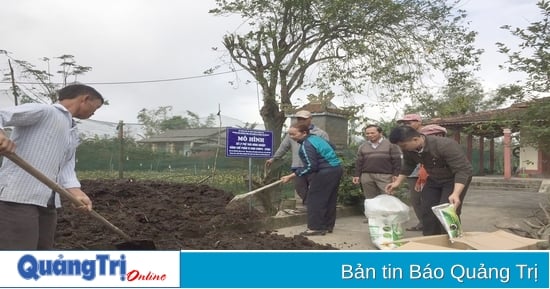





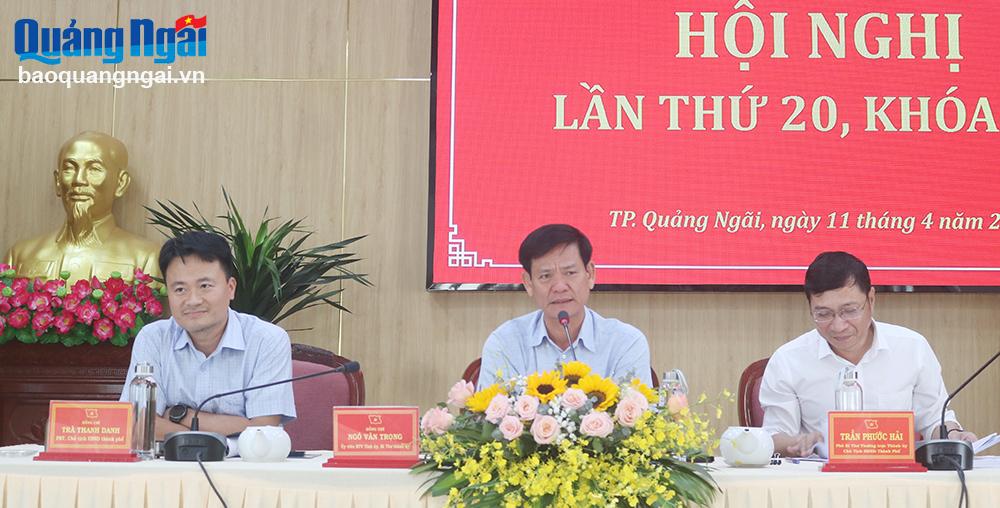
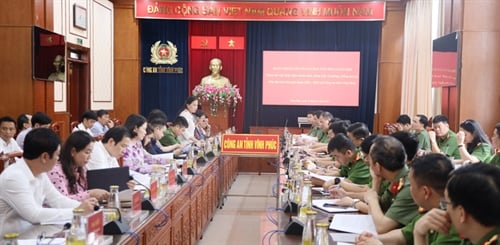


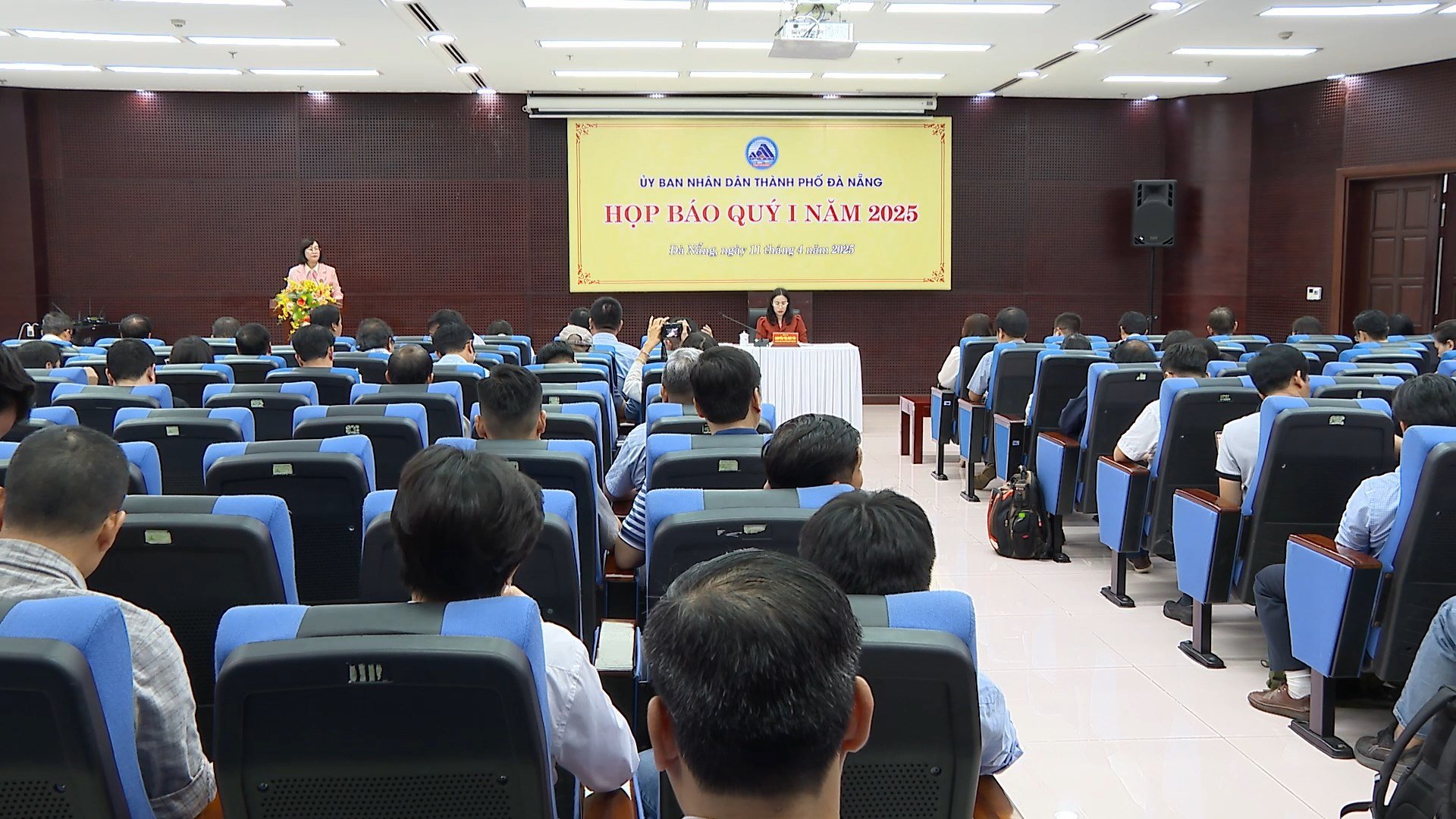
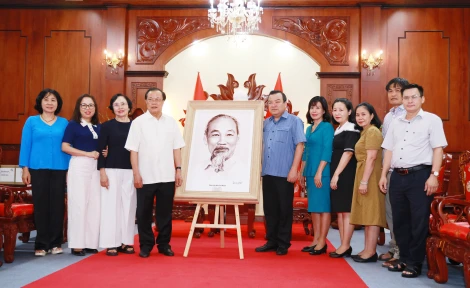


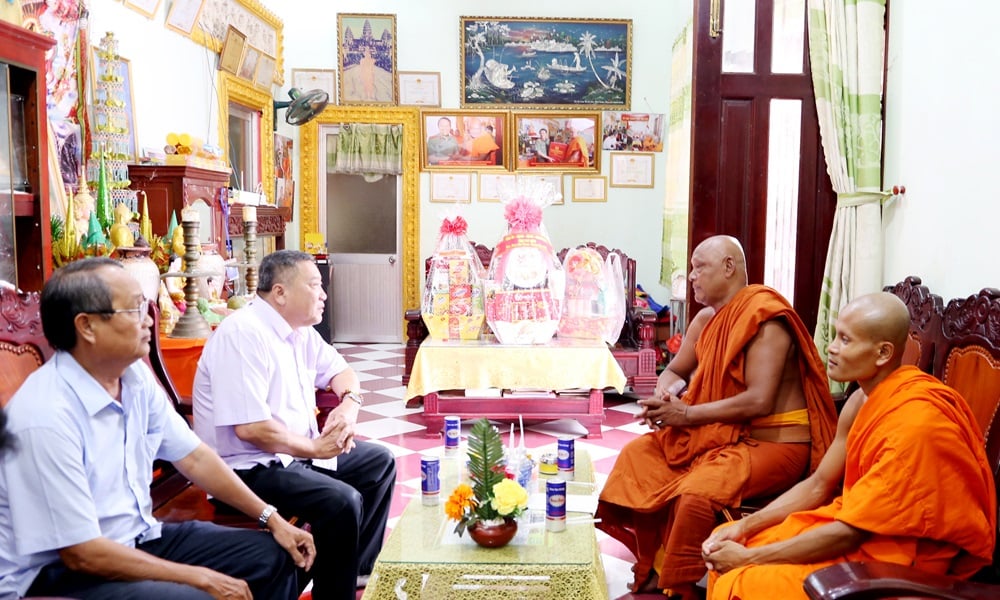
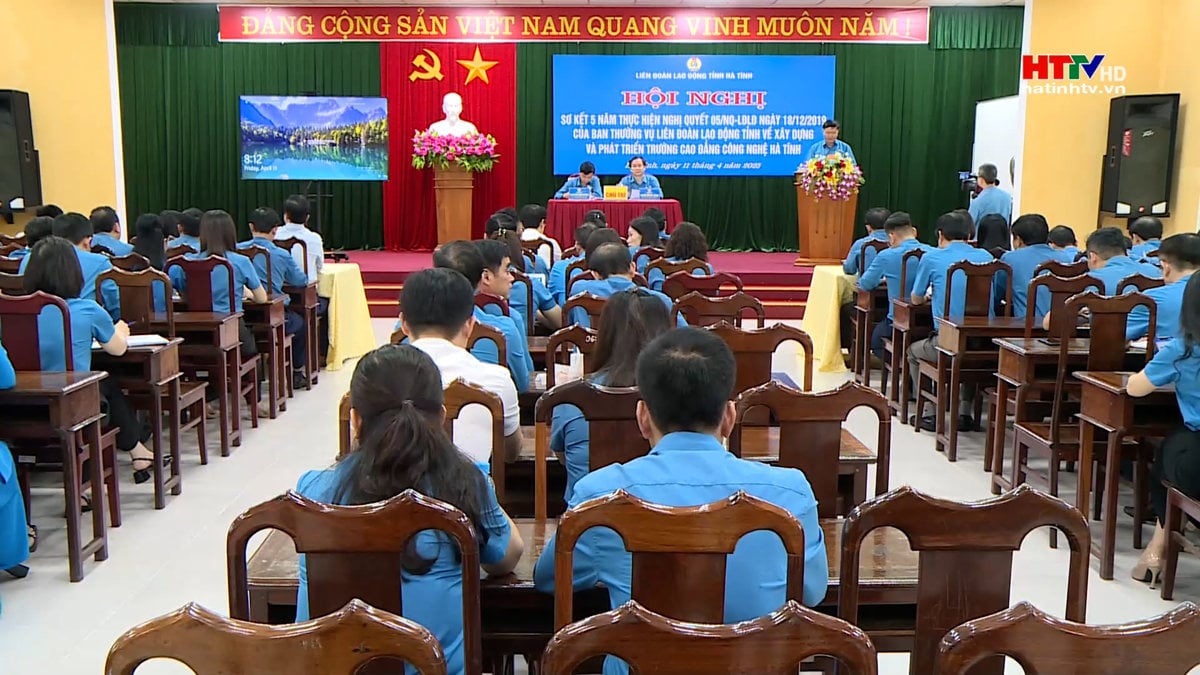
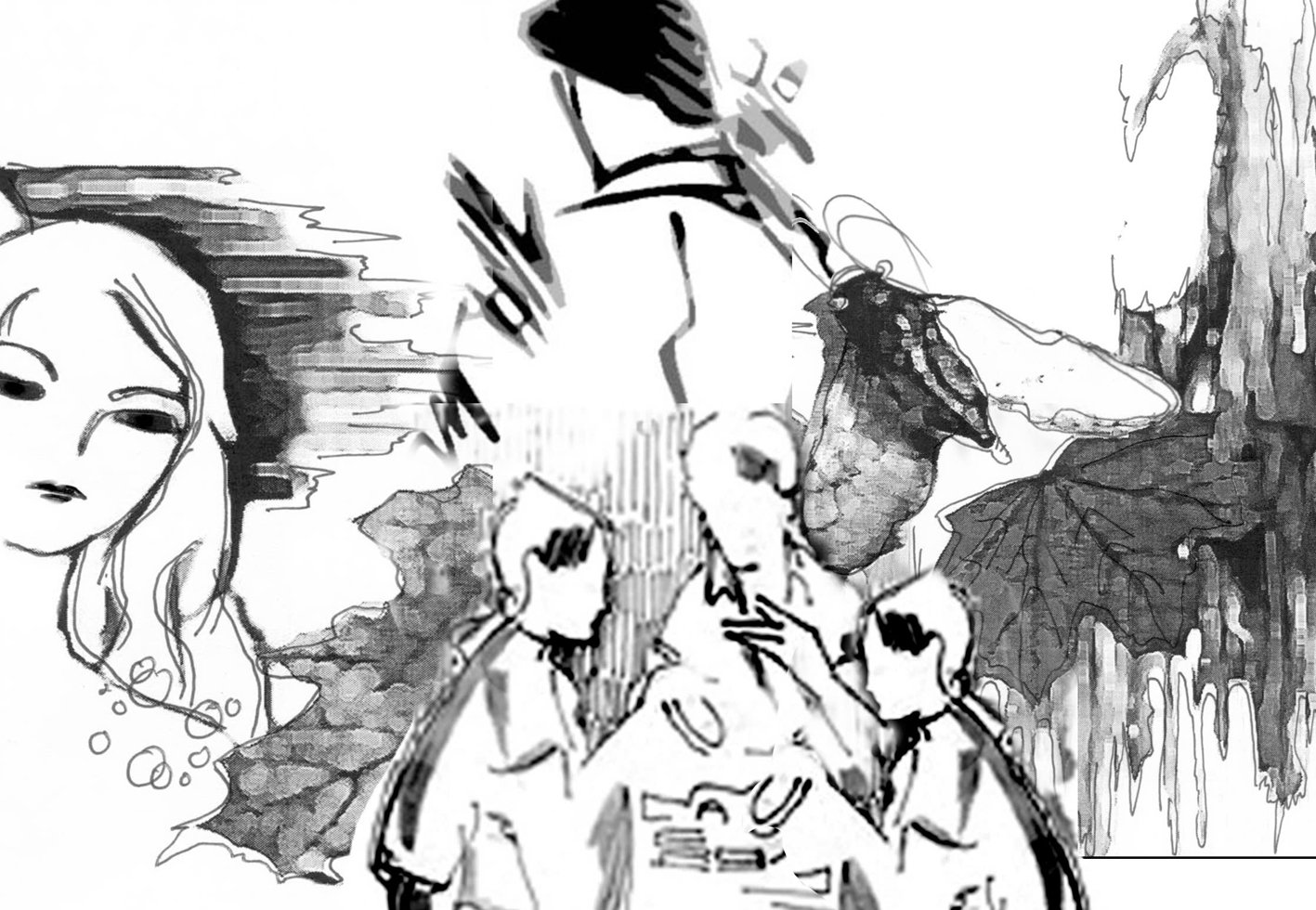
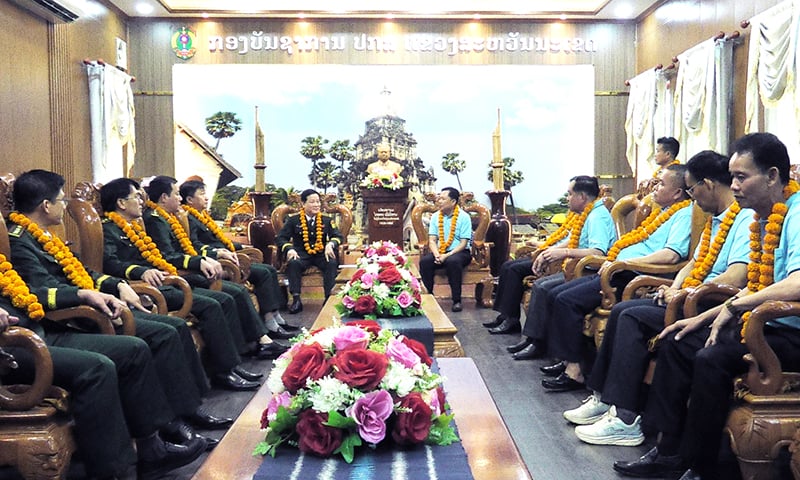

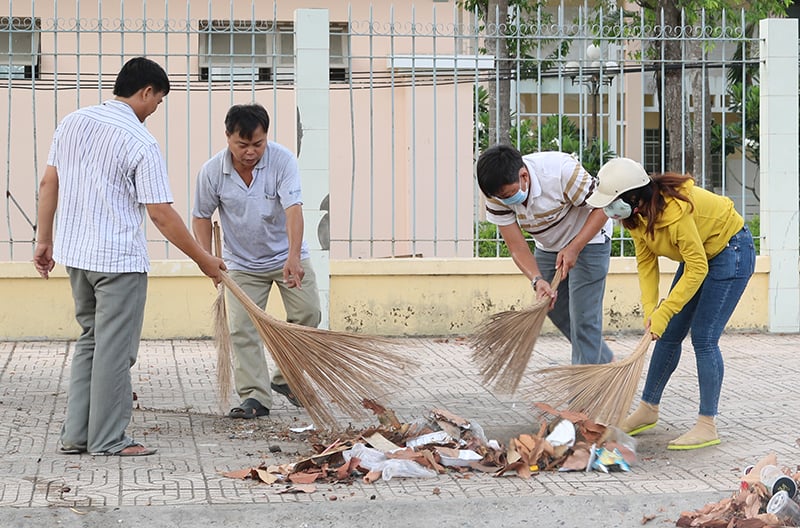

![[Photo] Summary of parade practice in preparation for the April 30th celebration](https://vstatic.vietnam.vn/vietnam/resource/IMAGE/2025/4/11/78cfee0f2cc045b387ff1a4362b5950f)









































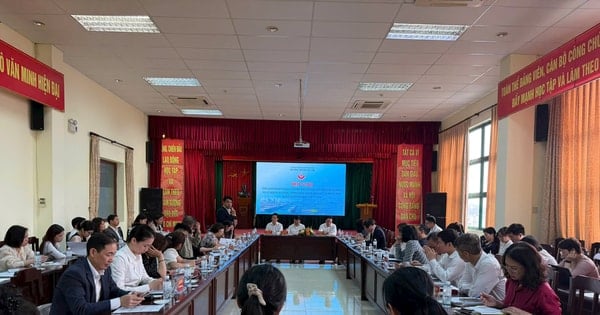
















Comment (0)